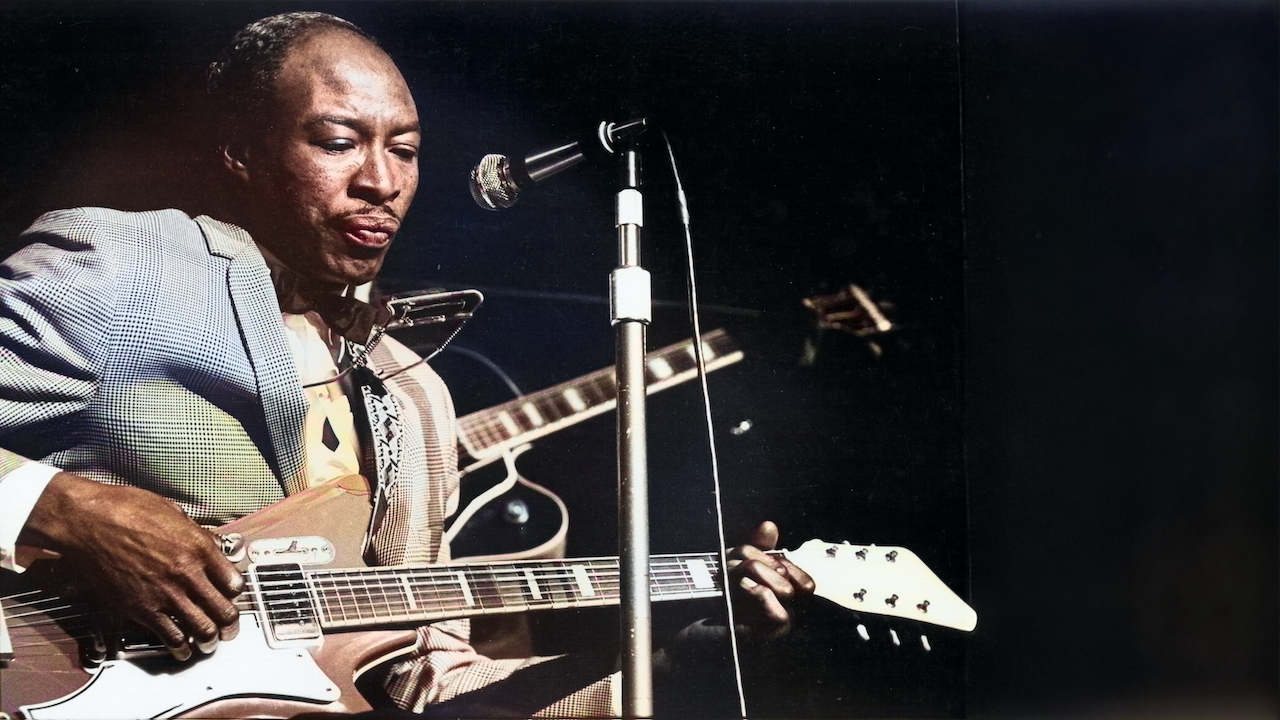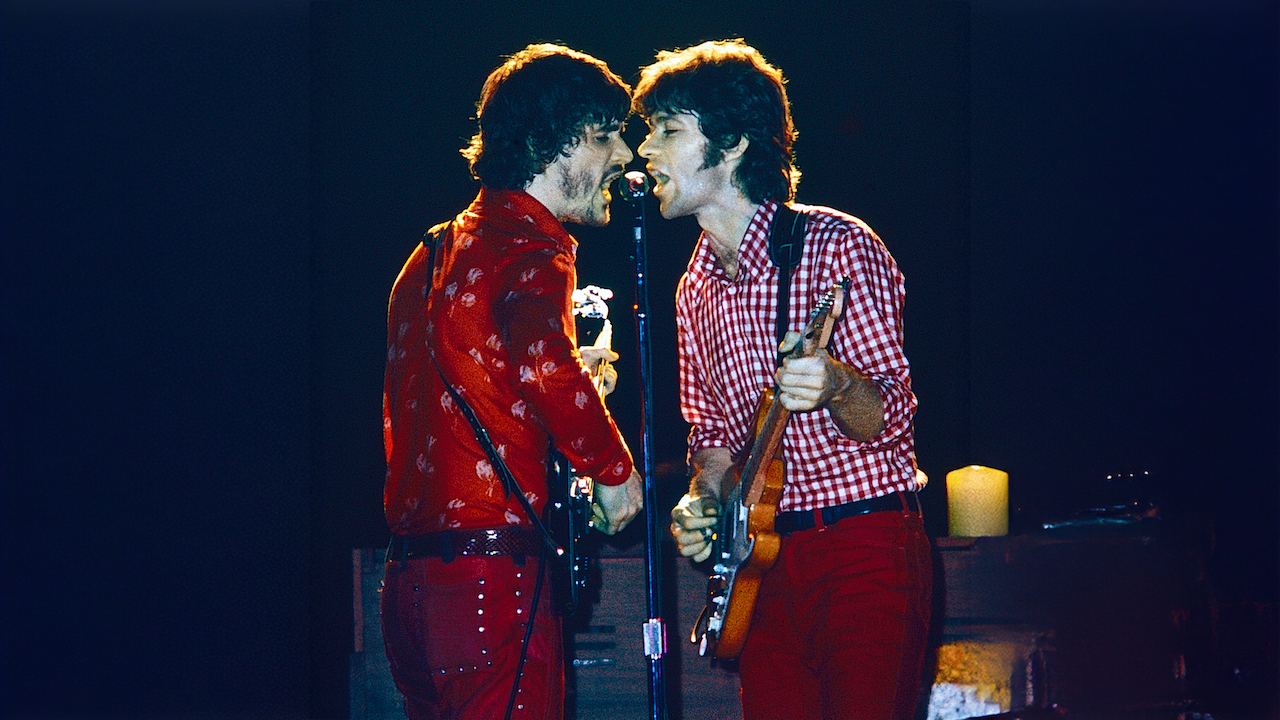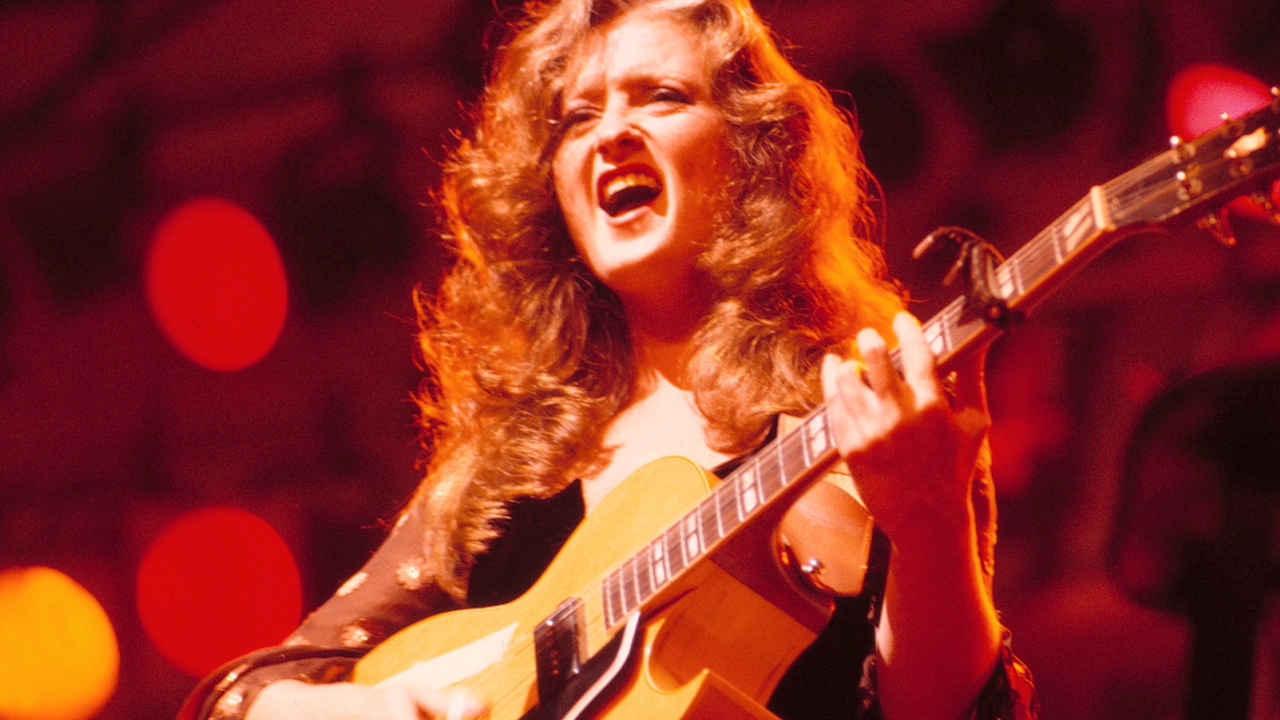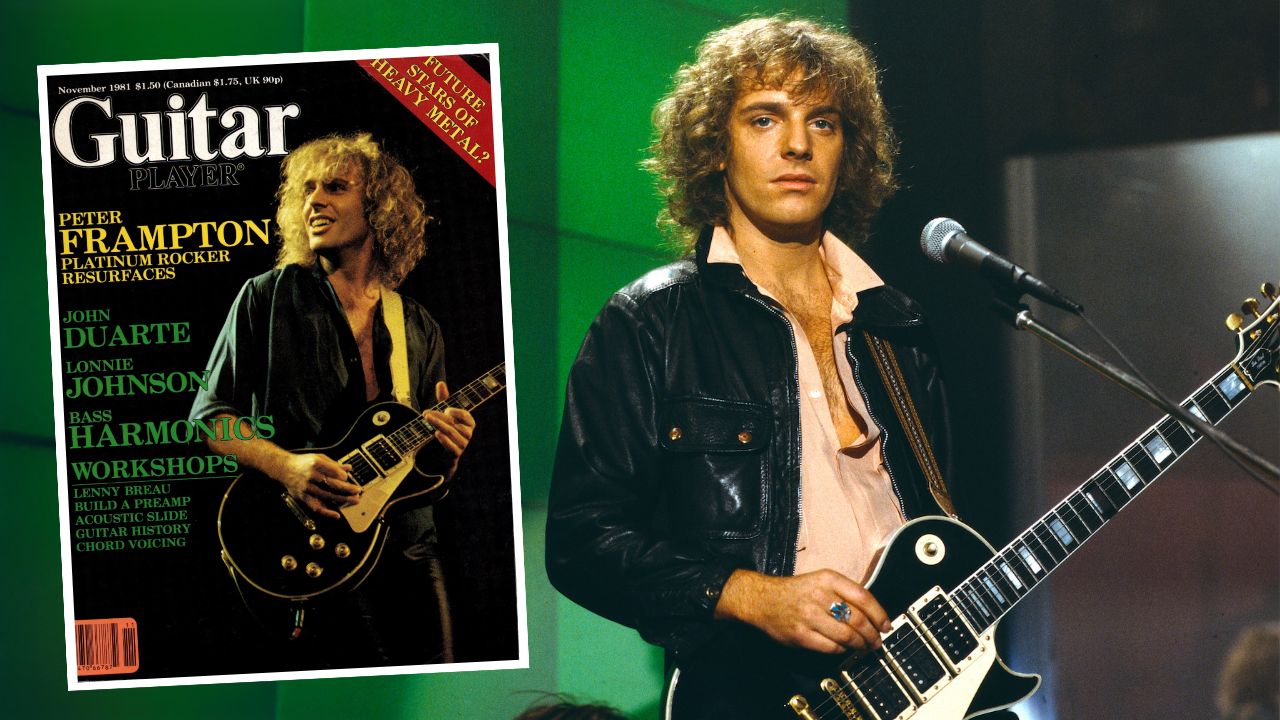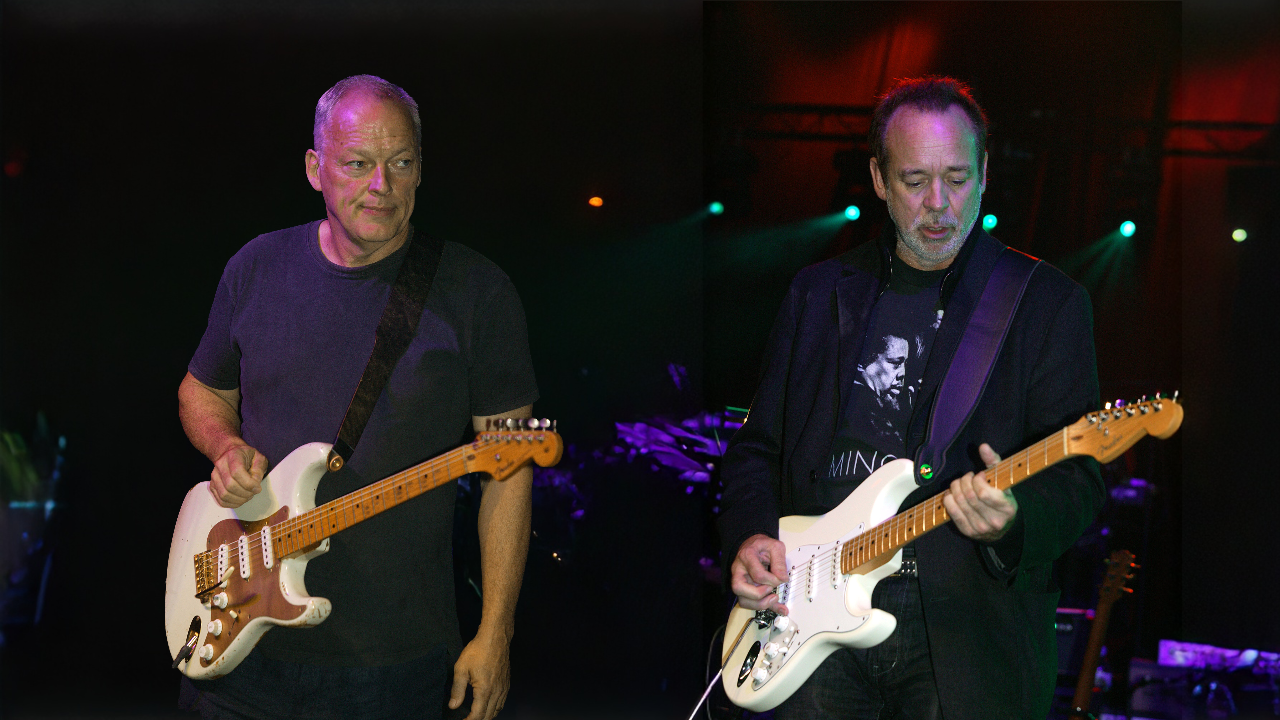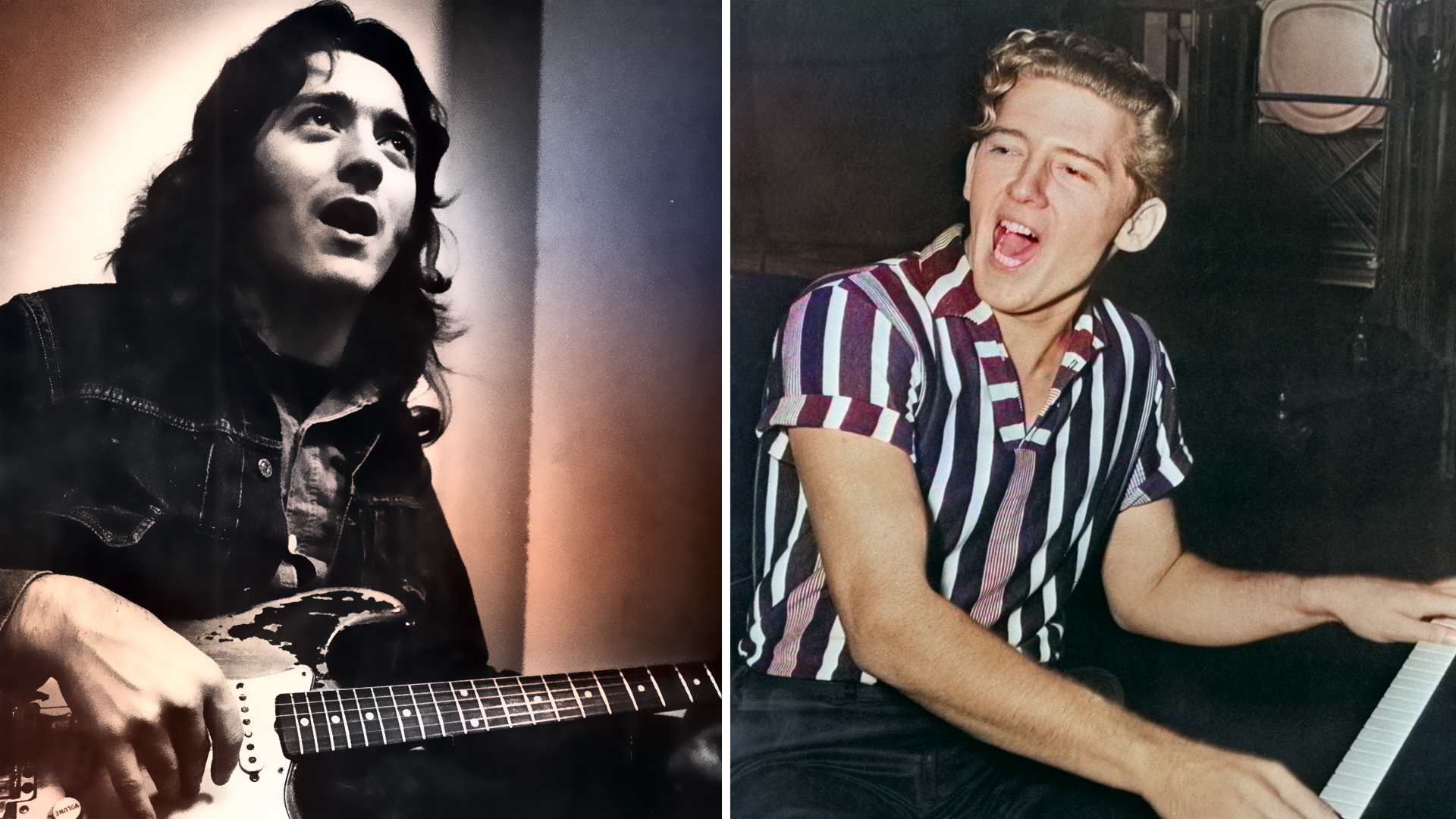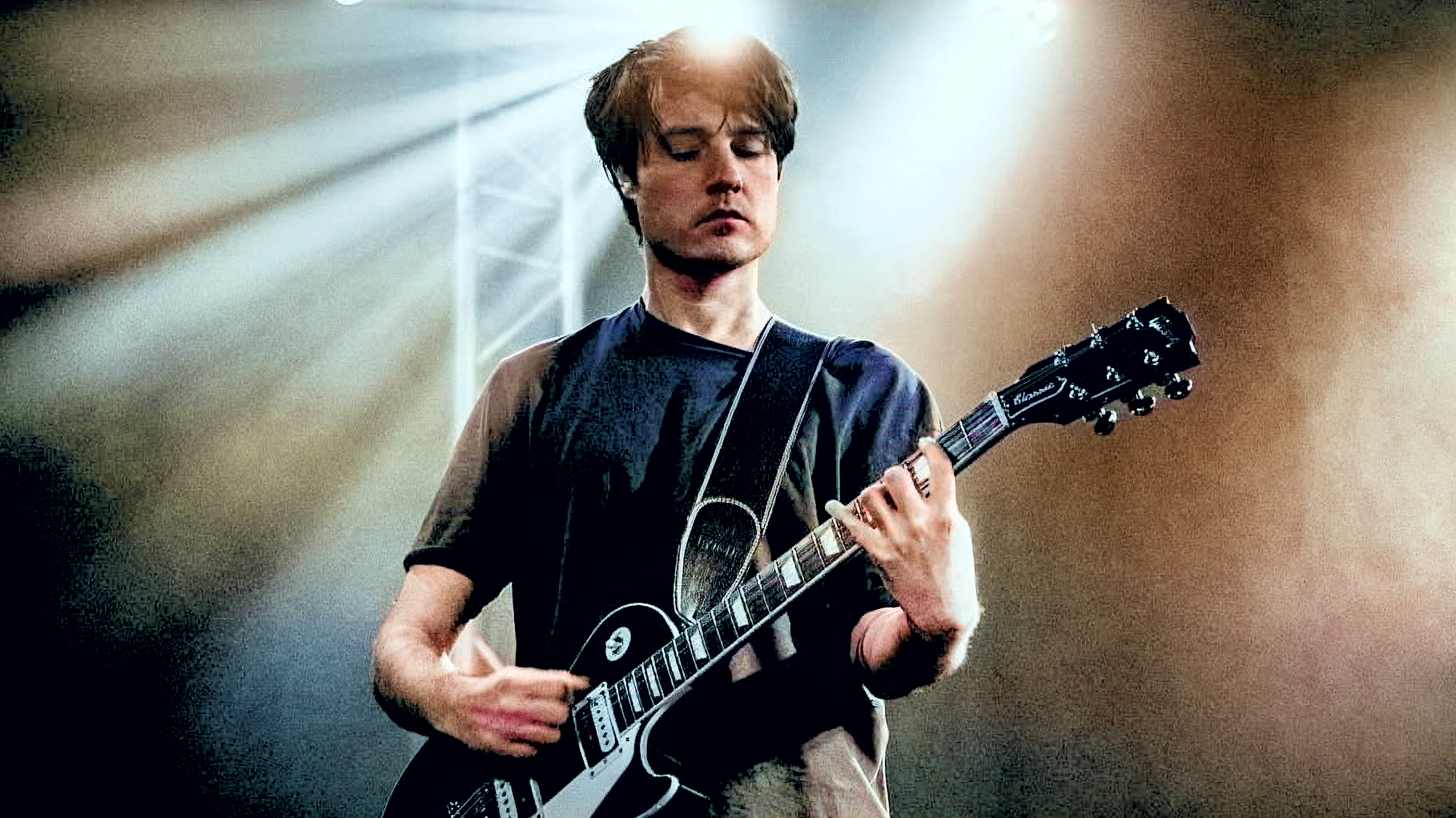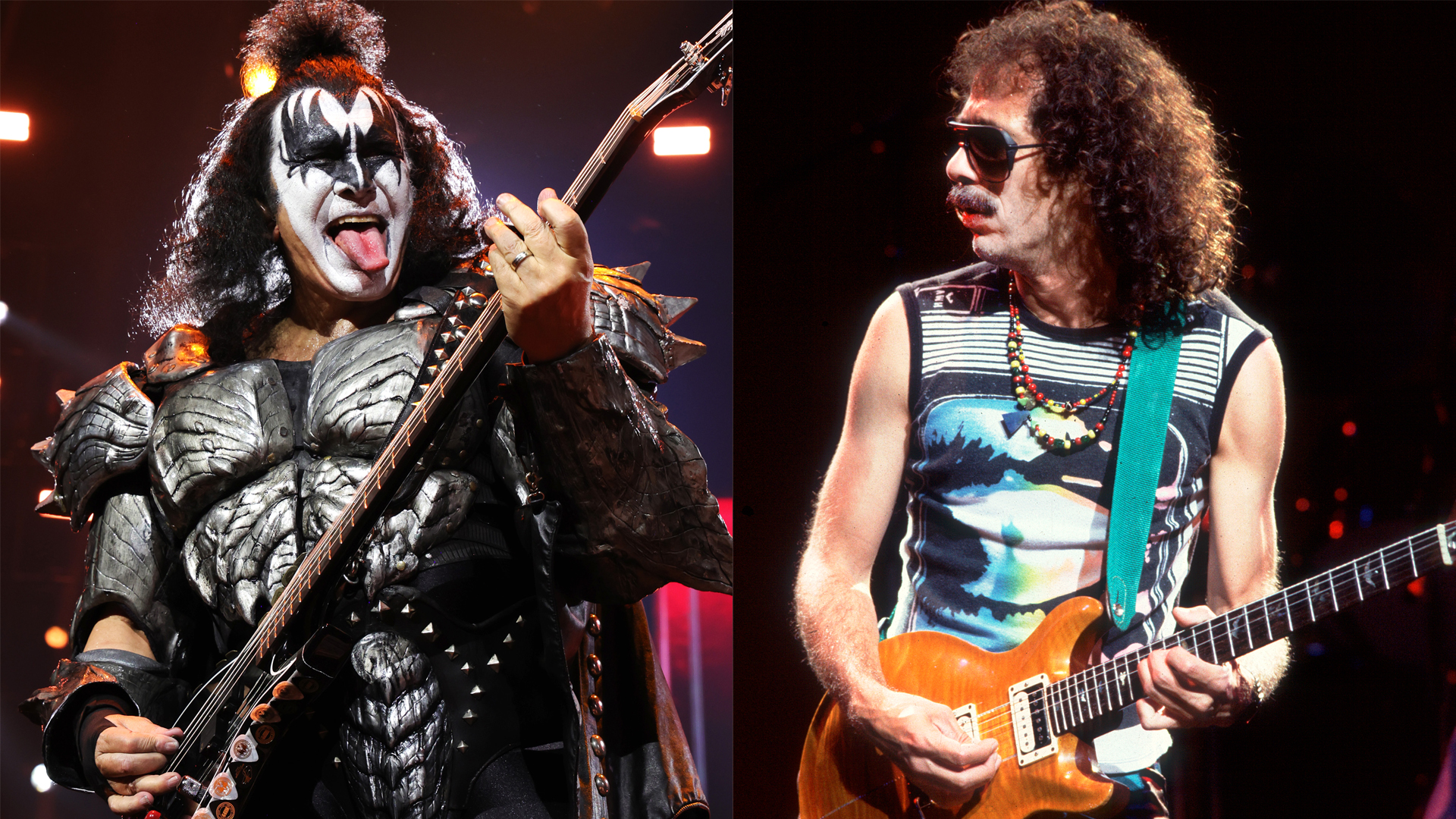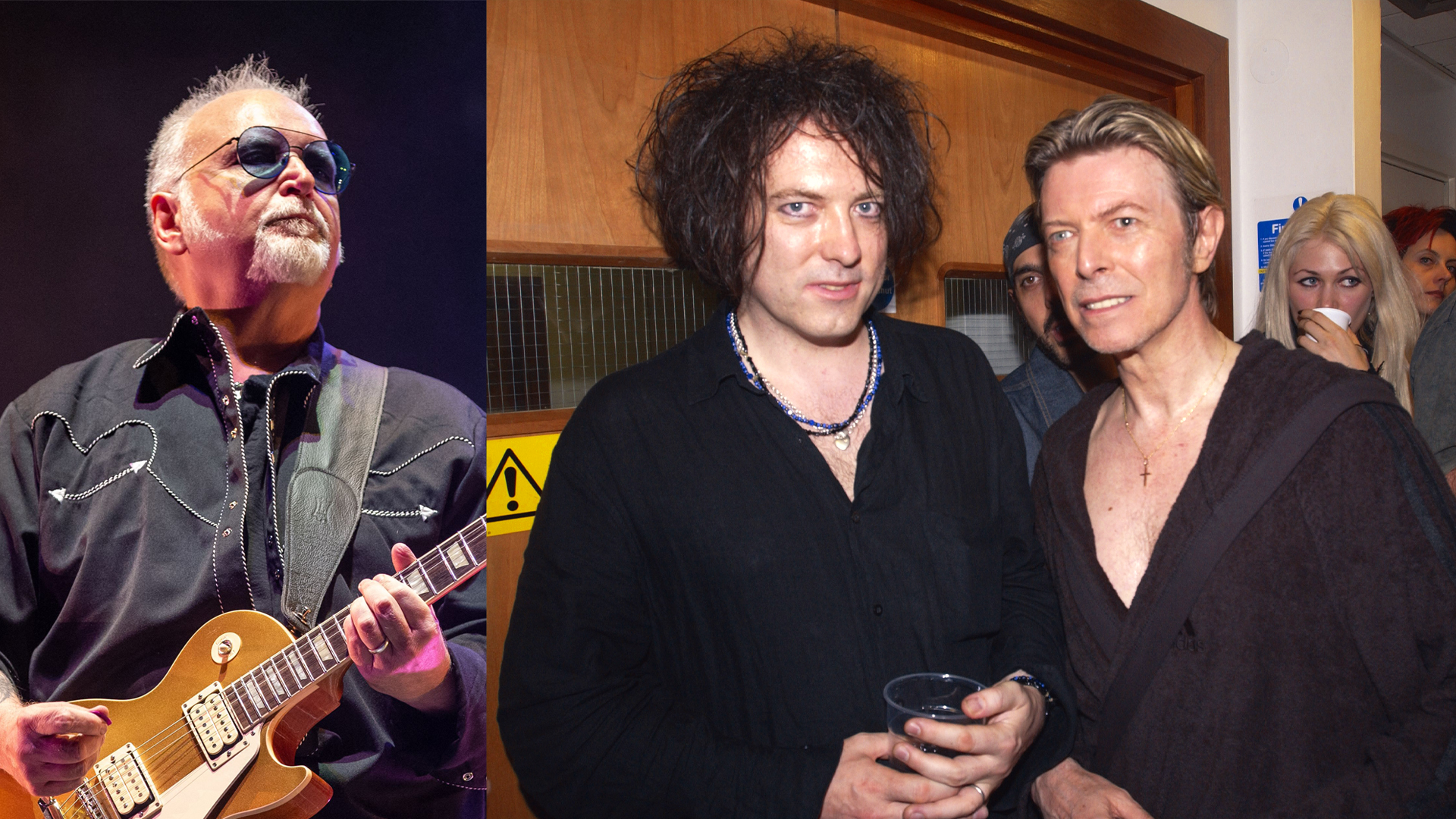Listen to the Exemplary Firebird Pickup Tones of Neil Young’s ‘Old Black’ Gibson Les Paul
Watch the Godfather of Grunge with Crazy Horse performing live in all their ragged glory.
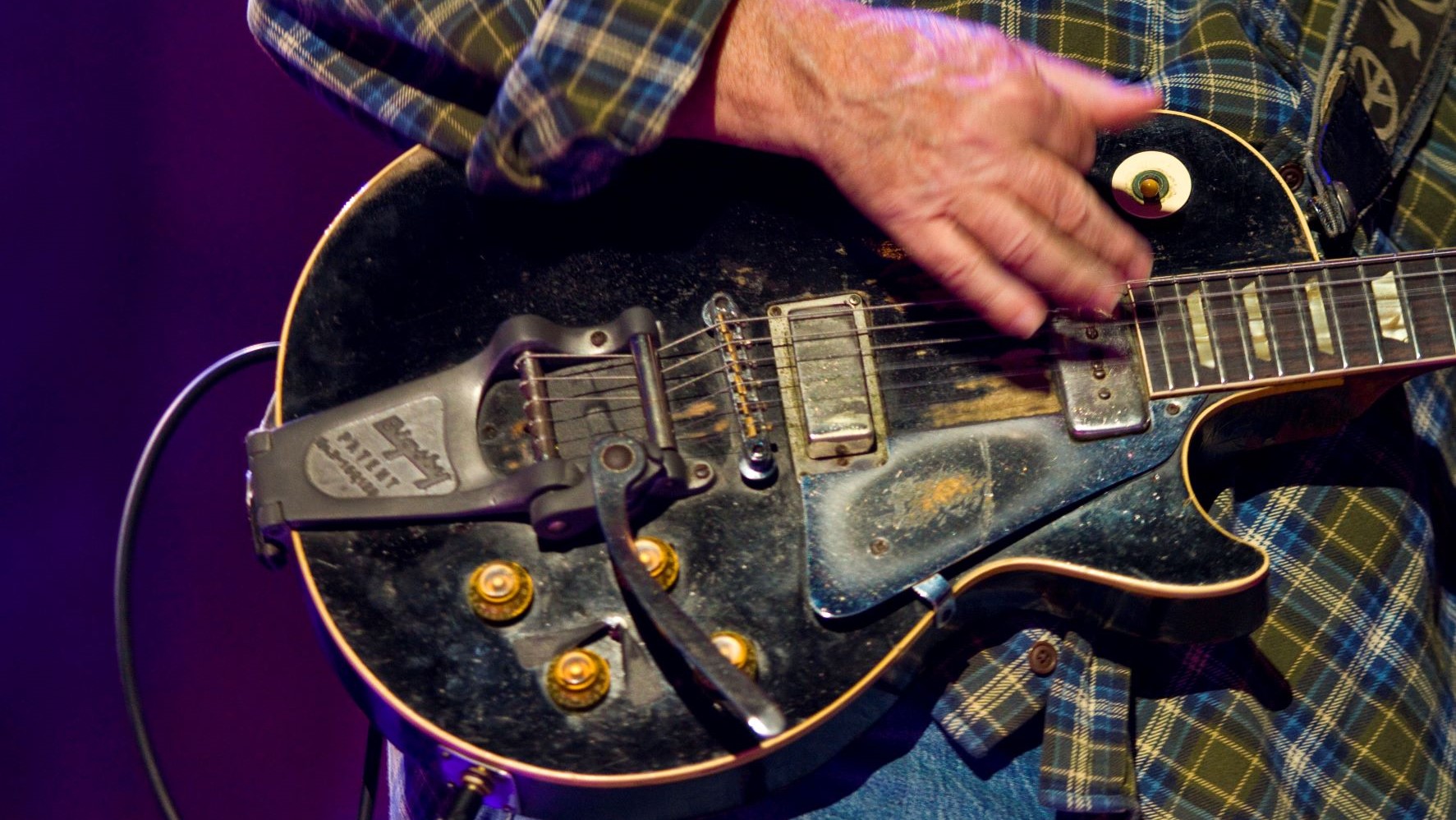
Happy birthday to Neil Young!
The multiple Grammy Award-winning artist and Rock and Roll Hall of Fame inductee celebrates his 76th today. A true rock ‘n’ roll veteran Young first rose to prominence in the ’60s as a member of Buffalo Springfield and is currently set to release his latest studio album – Barn – on December 10.
Since the late ‘60s, Young has famously relied on a heavily modified Gibson Les Paul Goldtop known as Old Black. Notable for its black refinish and customized electronics and hardware this road worn axe has been his main squeeze for over half a century and is the true definition of a player’s electric guitar.
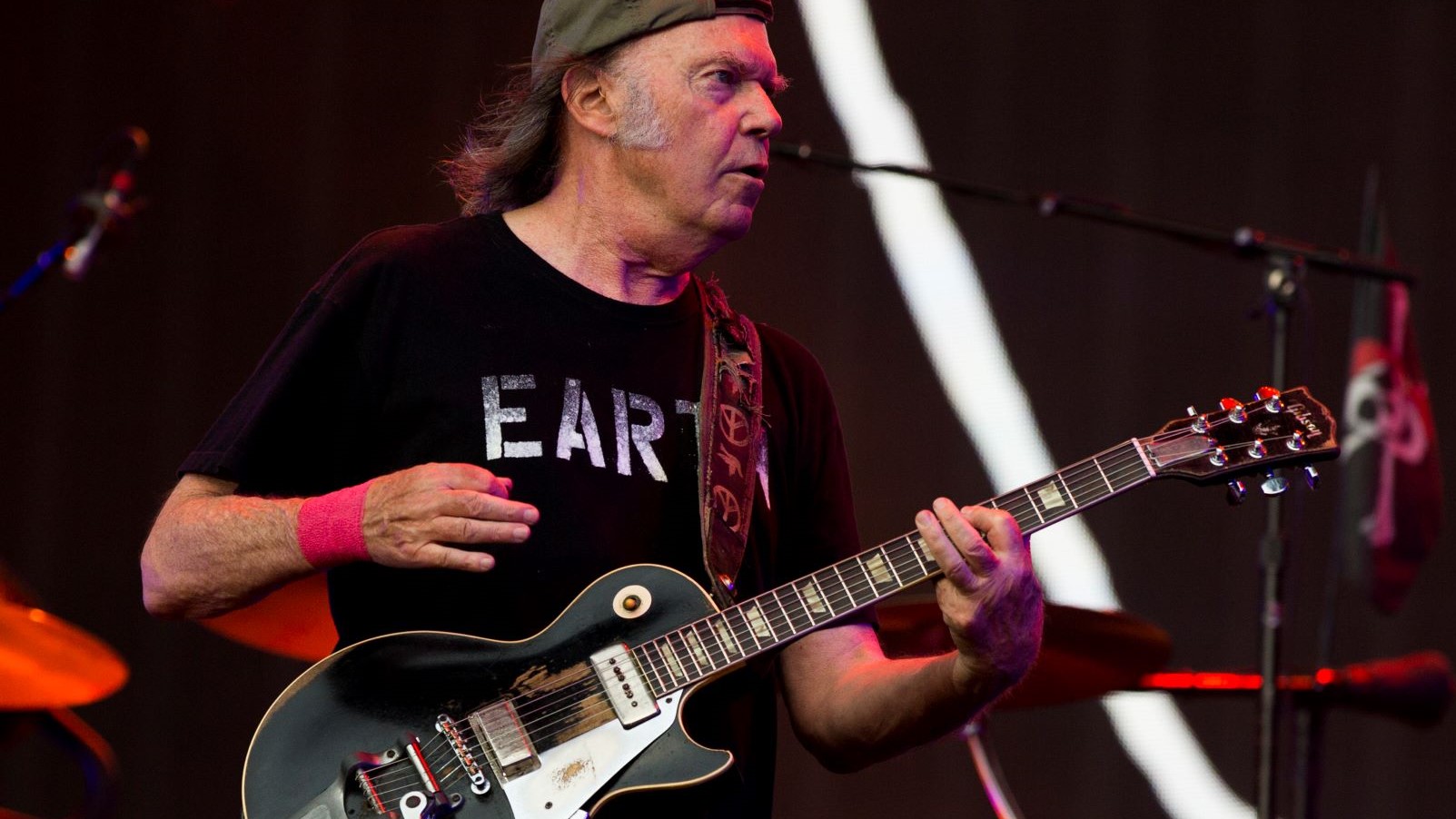
Although the Gibson Les Paul Model aka Goldtop (released in 1952) was originally fitted with dual P-90s featuring white plastic covers, Old Black has been modified with a Gibson Firebird pickup in the rear/bridge position (the P-90 pickup in the front/neck position has a matching metal cover).
Derived from the Kalamazoo-era Epiphone mini humbucker (itself a derivative of the Seth Lover-designed PAF), original Firebird humbuckers are constructed of two bobbins wound with 42 AWG wire and have around 15% less turns than a PAF on account of their smaller size. Being underwound, their DC resistance is lower, and a comparatively brighter tone is produced.
However, unlike PAFs and other mini humbuckers which have a single Alnico bar magnet positioned below ferrous polepiece screws and slugs, Firebird pickups utilize a pair of Alnico bar magnets located near the strings – one ‘blade’ in each coil – along with steel reflector plates located underneath and above the bobbins.
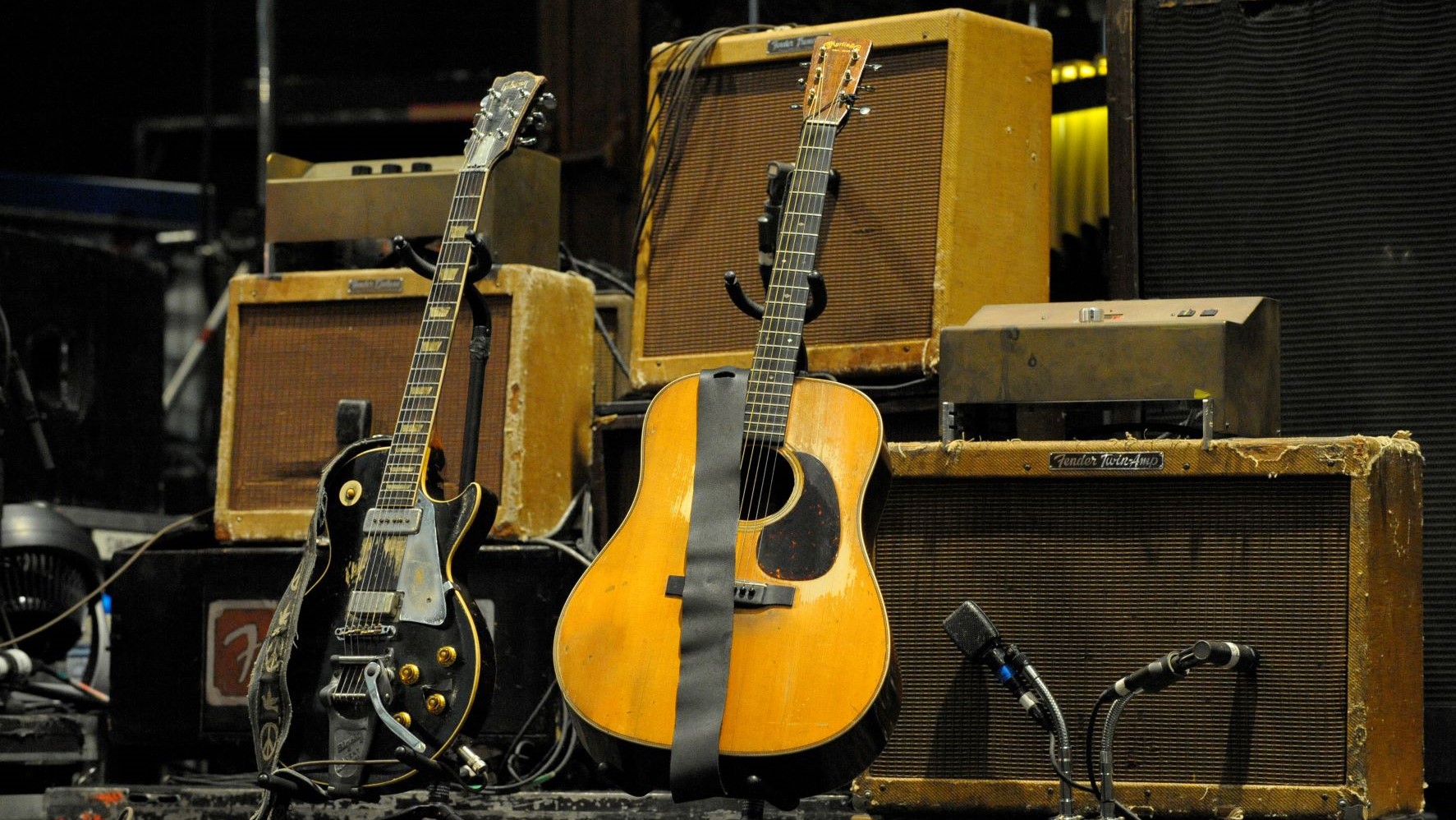
All things considered this produces a characteristic sparkle, bite and directness not unlike that of a single coil, but with a raunchier, more aggressive tone.
Filmed in 1990 at the Catalyst in Santa Cruz, California, this live clip of Young and the Crazy Horse band performing “Country Home” (from the Ragged Glory album) features some stellar guitar leads. Perfectly capturing Young’s matchless sound, the full range of Old Black’s sweet singing tones embellished with some masterful Bigsby vibrato can be heard in all its ragged glory.
Pre-order Barn here.
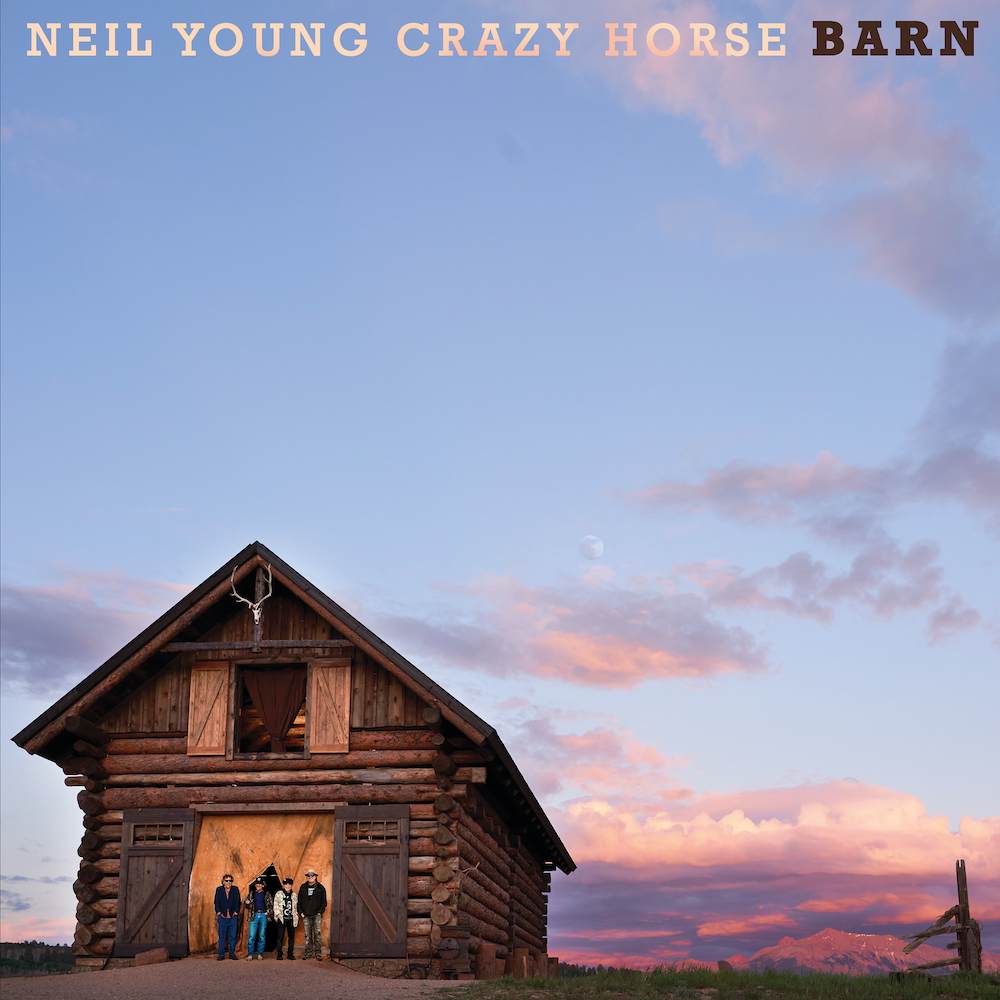
Get The Pick Newsletter
All the latest guitar news, interviews, lessons, reviews, deals and more, direct to your inbox!
Rod Brakes is a music journalist with an expertise in guitars. Having spent many years at the coalface as a guitar dealer and tech, Rod's more recent work as a writer covering artists, industry pros and gear includes contributions for leading publications and websites such as Guitarist, Total Guitar, Guitar World, Guitar Player and MusicRadar in addition to specialist music books, blogs and social media. He is also a lifelong musician.
Etsy sells Reverb to investors with stakes in Fender and SoundCloud, but says no one is getting “preferential treatment”
“Is it going to revitalize American industry, or is it a big disaster?” Chapman Guitars owner Rob Chapman raises concerns about the impact Trump’s tariffs will have on the guitar industry


